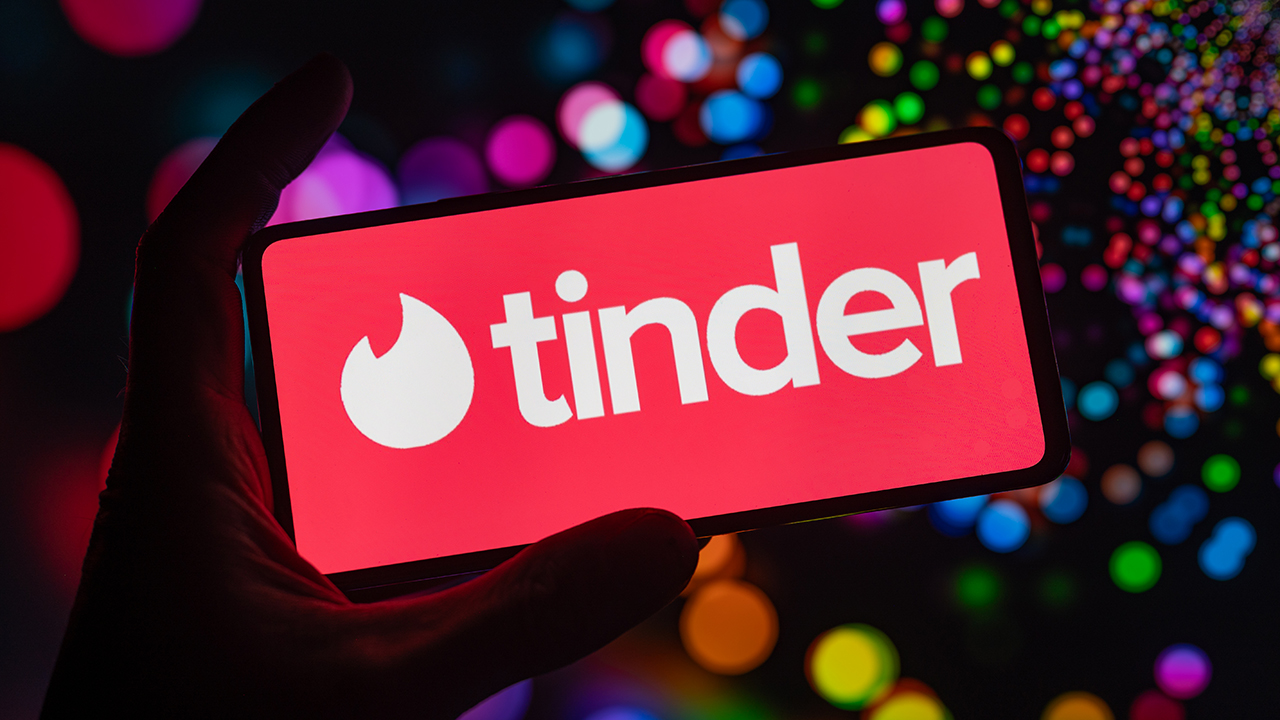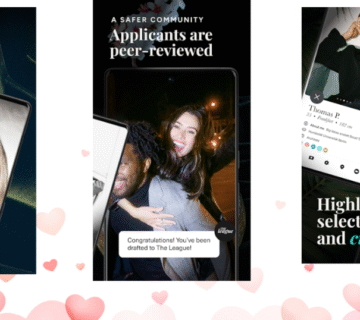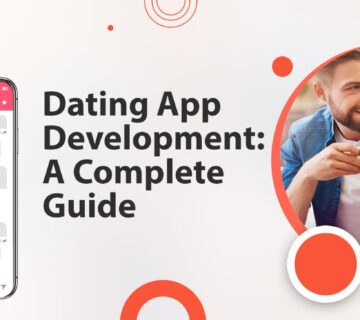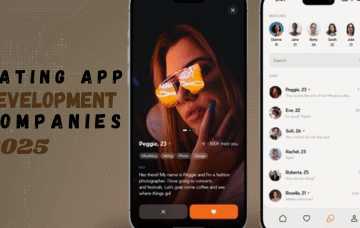Introduction
In the digital age of dating, Tinder marketing continues to dominate as one of the most innovative and effective ways for brands, creators, and marketers to connect with a massive, highly engaged young audience. With over 60 million monthly active users and a global footprint reaching 190+ countries, Tinder holds a unique position in the online dating market.
As the platform evolves, so do the marketing strategies that generate engagement, conversions, and brand loyalty. This article explores the latest Tinder marketing tactics, influencer collaborations, niche opportunities such as Tinder onlyfans marketing, and the platform’s market outlook in 2025.
The Current Tinder Market Landscape in 2025
User Base and Engagement Metrics
Tinder remains the largest online dating platform, offering a blend of casual and serious relationship opportunities. In 2025, the number of monthly active users (MAU) is estimated at around 60 million, with 9.6 million paying subscribers. The app generates approximately 1.6 billion swipes daily, resulting in roughly 50 million matches daily and over 2 billion swipes—a testament to its staying power.
Revenue and Monetization Model
Tinder’s revenue primarily derives from tiered subscription plans (Tinder Plus, Gold, Platinum), in-app purchases like Super Likes and Boosts, and advertising. Despite intense competition and market maturity, Tinder posted a revenue of approximately USD 1.96 billion in 2024.
Market Expansion and Challenges
Tinder continues to expand in emerging markets, particularly India, which is projected to reach USD 1.42 billion by 2025. However, it faces regulatory challenges—like Apple’s 30% app store fee—which impact growth margins, prompting the platform to innovate with creative marketing tactics.
Core Tinder Marketing Strategies in 2025
1. Influencer and User-Generated Content (UGC)
Influencer marketing is at the core of Tinder’s outreach. The platform collaborates with TikTok and Instagram influencers to craft relatable, authentic stories about dating experiences that resonate with Gen Z and Millennial audiences.
Key tactics include:
-
Partnering with micro-influencers: highly engaged creators with niche followers boost credibility.
-
Viral story campaigns: using influencers to share romantic or humorous dating mishaps, which boost organic sharing.
-
User-generated content: campaigns encouraging users to share their Tinder success stories with hashtags, fostering community and authenticity.
2. Creative, Viral Campaigns
Tinder’s recent campaigns focus on humor, social causes, or memorable pop culture moments. Examples include the “Swiped Right for Change” series, turning swiping into a social movement towards inclusivity and safety.
3. Niche Markets: Tinder OnlyFans Marketing
While Tinder does not officially facilitate direct promotion of OnlyFans, creators leverage the platform for indirect promotion:
-
Redirecting matches to Instagram, where links to OnlyFans are more permissible.
-
Creating personalized, flirtatious bios and conversations that naturally lead to subscription pitches.
-
Using influencer collaborations, especially adult content creators, to subtly promote exclusive content.
4. Localized & Hypertargeted Campaigns
Tinder’s algorithms allow for fine-grained location targeting, enabling brands to run city-specific promotions, local influencer partnerships, and event marketing.
5. Advanced Data & AI Utilization
AI-driven analytics assist Tinder in optimizing user engagement, ad targeting, and content personalization—improving ROI for brands. Predictive analytics also help tailor marketing campaigns to demographic preferences, enhancing relevance.
Future Trends and Opportunities in Tinder Marketing (2025 and Beyond)
1. Video & Voice Features for Deeper Engagement
Tinder continues to expand its video messaging and voice call features, allowing brands to create immersive ad experiences and influencer content.
2. Social and Entertainment Integration
In 2025, Tinder is experimenting with social features and live events, like “Double Date Island”, blending dating with social entertainment, providing new avenues for brand partnerships.
3. Ethical and Privacy-Focused Campaigns
With increasing privacy regulations, Tinder emphasizes transparency. Successful marketers in 2025 are adopting privacy-first data collection, user consent, and authentic storytelling.
4. Expanding in Emerging Markets
India, Southeast Asia, and Latin America are hotspots. Market experts project the online dating market to grow at a CAGR of over 7%, with Tinder tailoring campaigns to cultural nuances and regional influencers.
Challenges and How to Overcome Them
-
Saturation & Competition: With numerous niche dating apps, Tinder must differentiate through innovative features and authentic influencer collaborations.
-
Regulatory Scrutiny: The platform’s legal challenges—like app store fees—impact revenue. Creative marketing and regional expansion mitigate this.
-
Gender Imbalance & User Safety: Improving safety features and gender parity are vital for user retention and brand reputation.
Wrap-Up: The Future of Tinder Marketing
Tinder continues to adapt with a focus on authentic engagement, influencer collaborations, and innovative tech like AI and video. Marketers who leverage Tinder influencer marketing, local campaigns, and niche markets such as Tinder onlyfans marketing will be best positioned in 2025 and beyond.
The platform’s enormous user base, coupled with its innovative features, makes it an unbeatable channel for brands seeking to build meaningful relationships in the digital age. For further insights into the broader online dating market, explore Statista’s latest online dating industry forecast, which confirms the continued upward trajectory of this vibrant market








[…] Read More: Mastering Tinder Marketing in 2025: Strategies, Trends, and Future Outlook […]